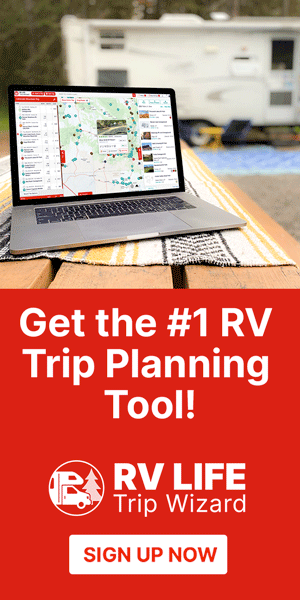Ah, the glamorous world of RV life! When I first dipped my toes into the Wandering Gypsy RV Life back in 2020, I was as clueless as a fish in a desert. My buddy Bessie and I hit the road with high hopes and low knowledge, especially when it came to keeping those tanks clean and happy.
Now, I knew enough to toss some tank maintenance chemicals in there – you know, the stuff you grab from the RV aisle at Walmart or Camping World? But little did I know, I was basically treating my holding tank like it was auditioning for a role in “Swamp People.” Yup, those chemicals were breaking down solids faster than my plans on a rainy day, leaving behind a sludgy mess that wouldn’t budge.
Fast forward to March 2023, and I found myself at my second FMCA Rally in Perry, Georgia, rubbing shoulders with the RV elite. That’s where I met Jack from Kleen Tank, the hero I never knew I needed. When he got his hands on Bertha’s tanks, I spilled the beans about my perpetual sensor woes. Turns out, Bertha was carrying around more sludge than a teenager’s Instagram feed – no wonder those sensors were on the fritz!
But fear not, dear readers, for Jack came bearing wisdom and a recipe for tank success. Forget those harsh chemicals – we’re talking Pine-Sol and Calgon Bath Beads, the dynamic duo of tank maintenance. Mix ’em up just right, pour ’em in, and voila! You’ve got yourself a recipe for clean tanks and happy travels.
So now, whenever Bertie Bea’s feeling a bit weighed down, I whip up a batch of that magic solution and give those tanks a good soak. Add in a splash of water for good measure, and we’re back in business, baby!
Kleen Tank Recipe
Mix eight ounces of Calgon Ageless Bath Pearls and 40 ounces of PINE-SOL® in a one-gallon jug. Fill the jug with water. Shake gently and allow any foam to settle down. Use four to eight ounces (as directed) in each tank, every time you have emptied them.
https://kleentank.com/tank-solution-recipe/
Remember, folks, a little maintenance goes a long way in the RV world. Keep those tanks happy, and you’ll avoid more disasters than a “National Lampoon’s Christmas Vacation” marathon. Trust me, your nose will thank you later!
And hey, if you see me on the road, be sure to wave – I’ll be the one with the sparkling clean tanks and the big ol’ grin on my face! 🚍✨




















































































































































